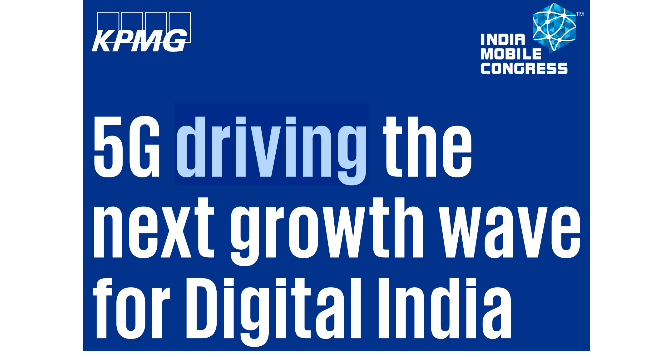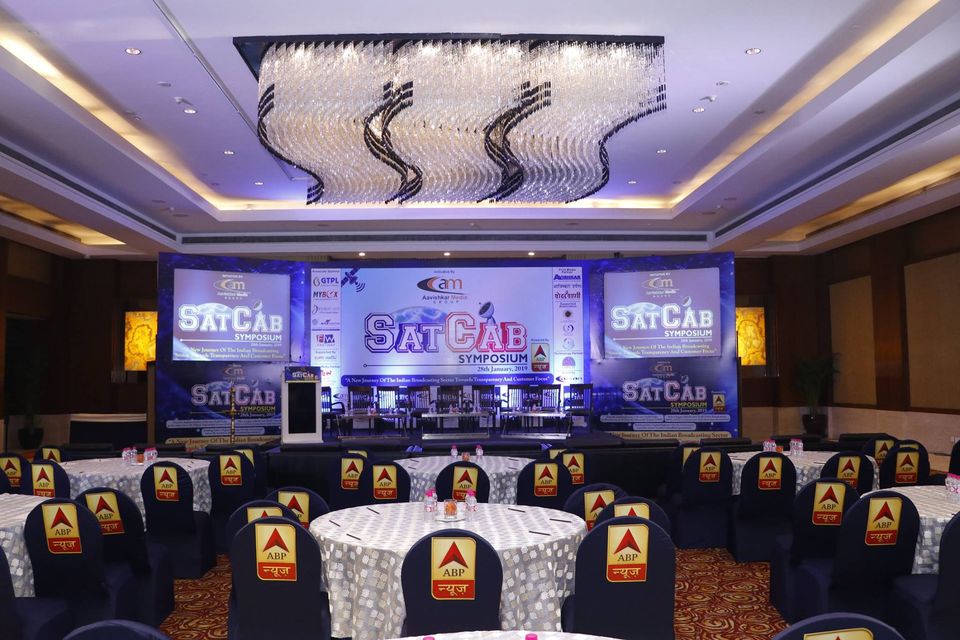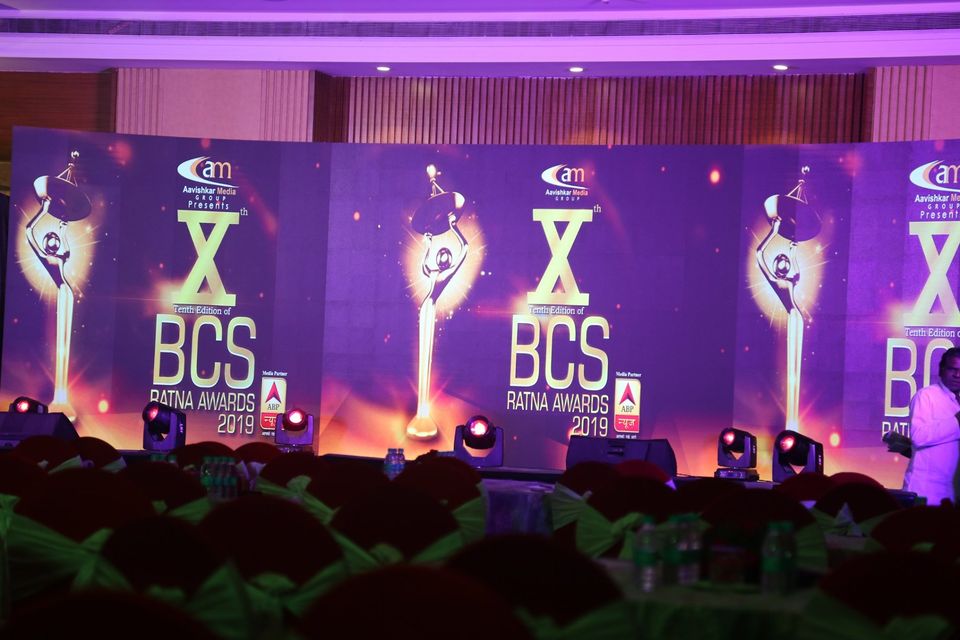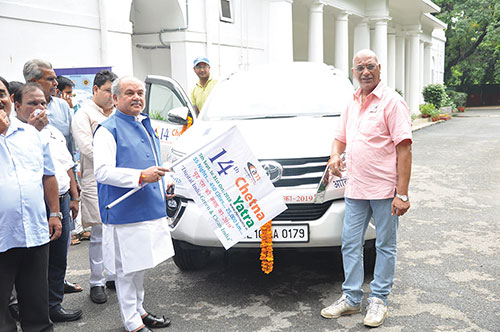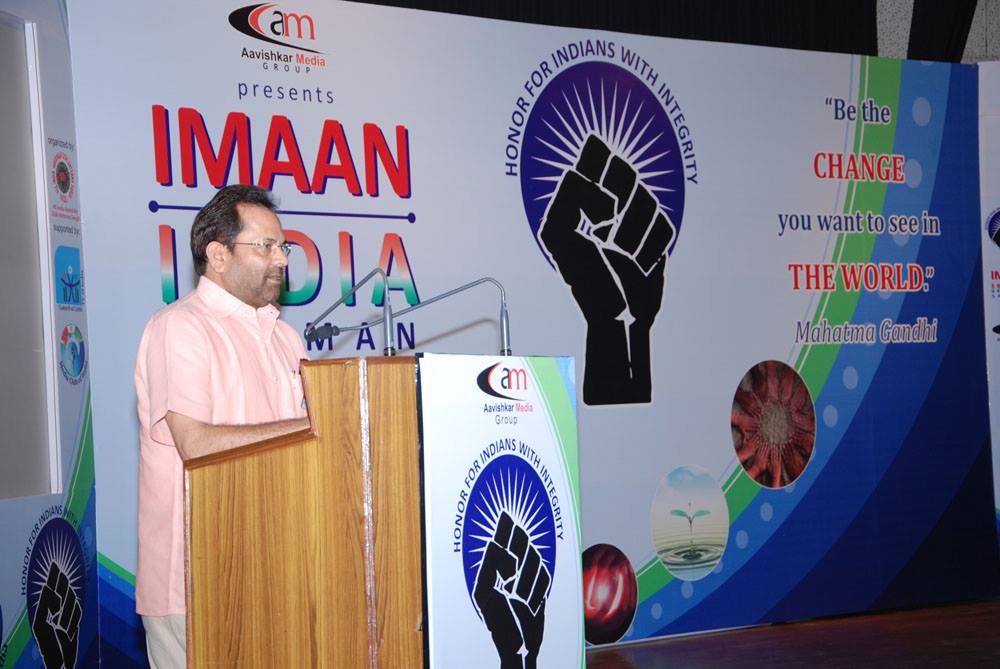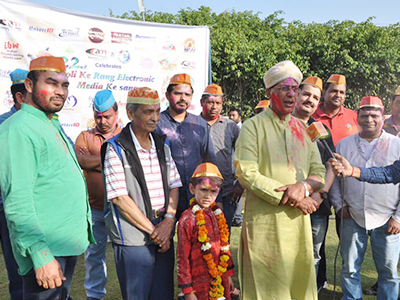Even while urging the telecom and related industry to get their ‘network engine rolling’ and focus on continuous upgrades, a KPMG report on 5G in India, suggested to the government to up the skilling game as lack of it could derail the country’s 5G march.
“For a successful 5G roadmap and implementation, India needs a robust ecosystem of partners who are in sync with the government’s Digital India mission. While the regulations gyrate on one side, strategies and initiatives in the ecosystem will define the speed and momentum of how soon India gets to a trillion-dollar digital economy. Today, communications services (CSPs) are truly the face of digital change that gets showcased within an enterprise or for the consumer,” the KPMG report said, which was unveiled at the ongoing India Mobile Congress 2022 in New Delhi.
Titled ‘5G Driving the Next Growth Wave for Digital India’, the report had some suggestions for the CSPs, including building and marketing new 5G revenue streams. IMC is organised by Cellular Operators Association of India.
“Since the Draft Telecommunication Bill 2022 abstracts the words ‘telecom’ or ‘video/text’, it is imperative that the ‘communications services’ is an umbrella term governing all forms of communications, including OTT (messaging or content), hence CSPs will need to be swift in upgrading their cores to support all forms of communications.
“Network upgrades need continual focus on building network slicing, edge-AI compute models, beamforming, dynamic spectrum sharing, access technology- agnostic user equipment functioning and network analytics. As CSPs forge partnerships with hyper-scalers and SIs to take their network to cloud, they should also borrow best practices to deliver value,” the report said
Pointing out that CSPs are at the heart of any digital transformation, the report said they will need an internal cultural change coupled with adopting best practices from their partner ecosystem.
For a successful 5G roadmap and implementation, India needs a robust ecosystem of partners who are in sync with the government’s Digital India mission. While the regulations gyrate on one side, strategies and initiatives in the ecosystem will define the speed and momentum of how soon India gets to a trillion-dollar digital economy. Today, communications services (and hence CSPs) are truly the face of digital change that gets showcased within an enterprise or for the consumer. But for CSPs to be at the heart of any digital transformation, they will need an internal cultural change coupled with adopting best practices from their partner ecosystem.
To prepare itself for the imminent 5G launch, CSPs have taken nuanced approaches to partnering as 5G needs an ecosystem view rather than siloed ways of working. Some of the key priorities that they need to focus on in this journey include:
Some of the other recommendations highlighted in the report include the following:
Suggestions for the Industry
- i)Leveraging the core and edge capabilities to create use cases that solve industry, societal and governance problem statements through partnerships across the ICT ecosystem including OEMs, technology providers, device manufacturers, etc. to speed up the time to innovate and go to market. Beyond building solutions, targeted marketing is essential too.
- ii)robust networks and route to market are important in the 5G
monetisation journey, it is equally important to protect margins by reducing total cost of ownership (TCO) by becoming a connected enterprise where front, back and mid office are connected through cloud native architecture where the traditional OSS, BSS are transformed and made nimbler. A quick way to achieve this is to re-balance the physical, virtual and cloud-native network functions into the CSP’s core; then try to partner more in the ecosystem to innovate and bring relevant functions into the CSP domain. It is this continuous iteration which results in CSPs reaching an equilibrium, which is competent enough for the enterprise’s digital journey.
iii) As the network functions mature, it is ripe to be infused into the enterprise’s edge to bring in meaningful change via DevOps led change management.
Suggestions for the Government
- iv)5G has provided India an opportunity to enhance the sector’s contribution to the GVA of the country. However, the existing skills gap in the industry has a potential to derail the objective. As per a Telecom Sector Skill Council (TSSC) estimate, India requires 22 million people to be up-skilled/re-skilled by 2025. This uphill task can be undertaken only through collaborative efforts between government, industry and academia. A combination of both educational and vocational training would be required to bridge this skill gap. As such the new education policy needs to blend in this future requirement at the grassroots.
- v)The Draft Telecommunication Bill 2022 is a step change which builds on to the Insolvency and Bankruptcy Code of 2016 – but the bankruptcy provision needs to be linked to the technological roadmap for the concerned entity. As the spectrum is a scarce yet inexhaustible resource, continuity of operations needs to be linked to techno-commercial and legal roadmap together.
- vi)Rollout of 5G now needs to be backed by speedier fibre deployment to improve the tower fiberisation from current levels. Small cell penetration will depend on the fibre outreach in the country.
vii) Speedier inclusion of new sources from bus depots to railway stations to street poles and street furniture, agile deployment and faster maintenance of such assets will be crucial. R&D funding levels from the government need to improve in conjunction with policies that lay down financial incentives for participating members such as system integrators, CSPs and other infrastructure vendors. A holistic model which links the USOF with different ministries and fast-tracks sandbox environments is required.
viii) Clarity on spectrum allotment for private 5G networks by the spectrum managing agency is essential. This can even happen in parallel with spectrum sub-leasing department overseeing the spectrum allotment to the industry and ensuring affordability, reliability, flexibility and security in sub-leasing models. Also, pricing for low-band spectrum needs to be re-visited in line with international best practices to enhance rural coverage. Further, some part of spectrum in the sub 6GHz spectrum can also be reserved for select applications of national interest.
- ix)The BharatNet and ‘broadband for all’ can also be supported by a government-backed initiative on ‘wireless broadband for all’ via use of FWA. As such FWA rollouts need to be overseen and coupled with PM WANI scheme to obtain maximum coverage and benefits.
Being the second largest mobile internet base, India has already cemented its place in the global telecom space. Now that the much awaited 5G spectrum auctions have been completed on the back of structural and policy changes, India is poised for a digital revolution, the report said.
The next-gen digital services are expected to transform the way consumers connect, enterprises digitalise businesses, citizens consume government services, and the way CSPs bridge future communication needs with the current network transformation.
“5G is set to become a connectivity fabric that connects people, devices, machines and ecosystems in a time of hyperconnectivity and quick technological advancements. With the low penetration of fixed broadband, 5G is set to deliver on the nation’s dream to remove the digital divide and provide connectivity to citizens of Bharat.
“5G trials have demonstrated the power of 5G FWA to bridge the digital divide by enabling access to high-speed broadband in rural areas. The recent trials also demonstrated the power of connected India, where there is a free flow of essential services like education, healthcare, e-governance through digital mediums. Use-cases from smart farming to remote healthcare to use of AR/VR for skilling could go a long way in digitally enabling the success of Bharat,” the report highlighted.
To be ready for the opportunity, CSPs first will have to be agile in bringing this internal transformation up to speed and that will allow them to cater to newer revenue streams.
“As our survey indicated that as on date, CSPs are not the go-to vendor category for building enterprise capabilities in IoT, AR/VR, cloud or even AI/ML. To increase their pie of revenues, CSPs will have to look at creating capabilities beyond connectivity and create holistic solutions that deliver business value to enterprises. With 5G, CSPs will need to adapt to the new requirements which demand flexibility, openness, resiliency, reliability – all at a lesser cost and continual technology innovation,” the report suggested.
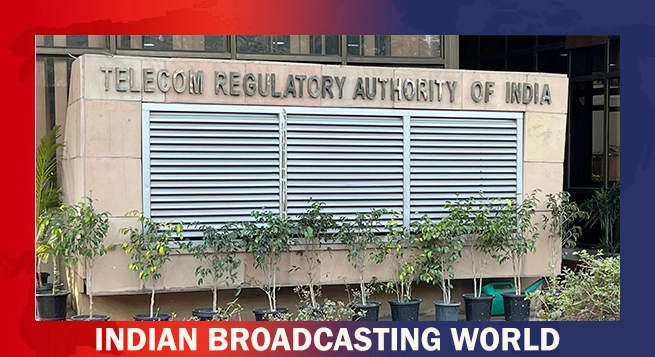 TRAI gives 7 days for additional submissions on b’cast policy
TRAI gives 7 days for additional submissions on b’cast policy 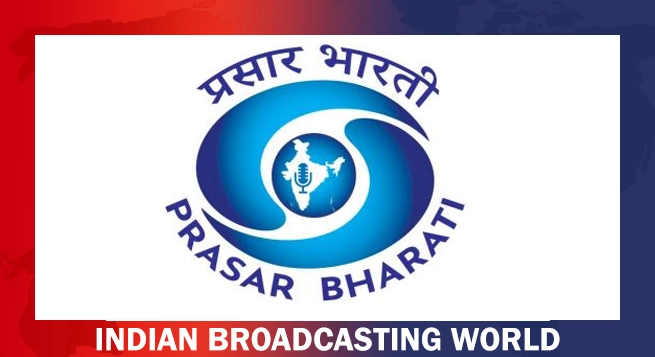 Prasar Bharati to launch family-oriented OTT Platform
Prasar Bharati to launch family-oriented OTT Platform  TV upfronts in times of digital video advertising: how relevant?
TV upfronts in times of digital video advertising: how relevant?  Bombay HC dismisses plea against bollywood icons for allegedly promoting tobacco products
Bombay HC dismisses plea against bollywood icons for allegedly promoting tobacco products  NCLT greenlights Viacom18, Disney Star India merger
NCLT greenlights Viacom18, Disney Star India merger  WBD showcases ad solutions, content, talent at Upfront
WBD showcases ad solutions, content, talent at Upfront  Hansal Mehta announces ‘Scam’ series on Subrata Roy
Hansal Mehta announces ‘Scam’ series on Subrata Roy 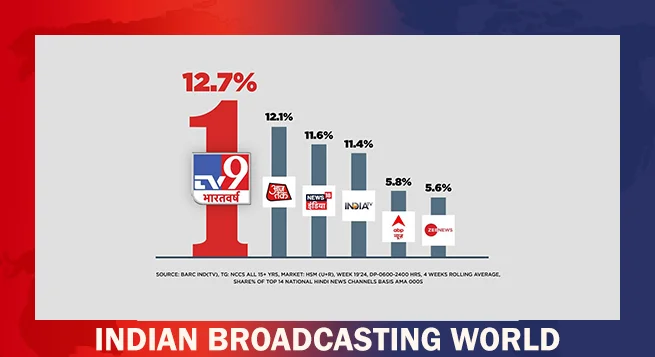 TV9 Bharatvarsh maintains leadership position as India’s No.1 Hindi News channel
TV9 Bharatvarsh maintains leadership position as India’s No.1 Hindi News channel 

